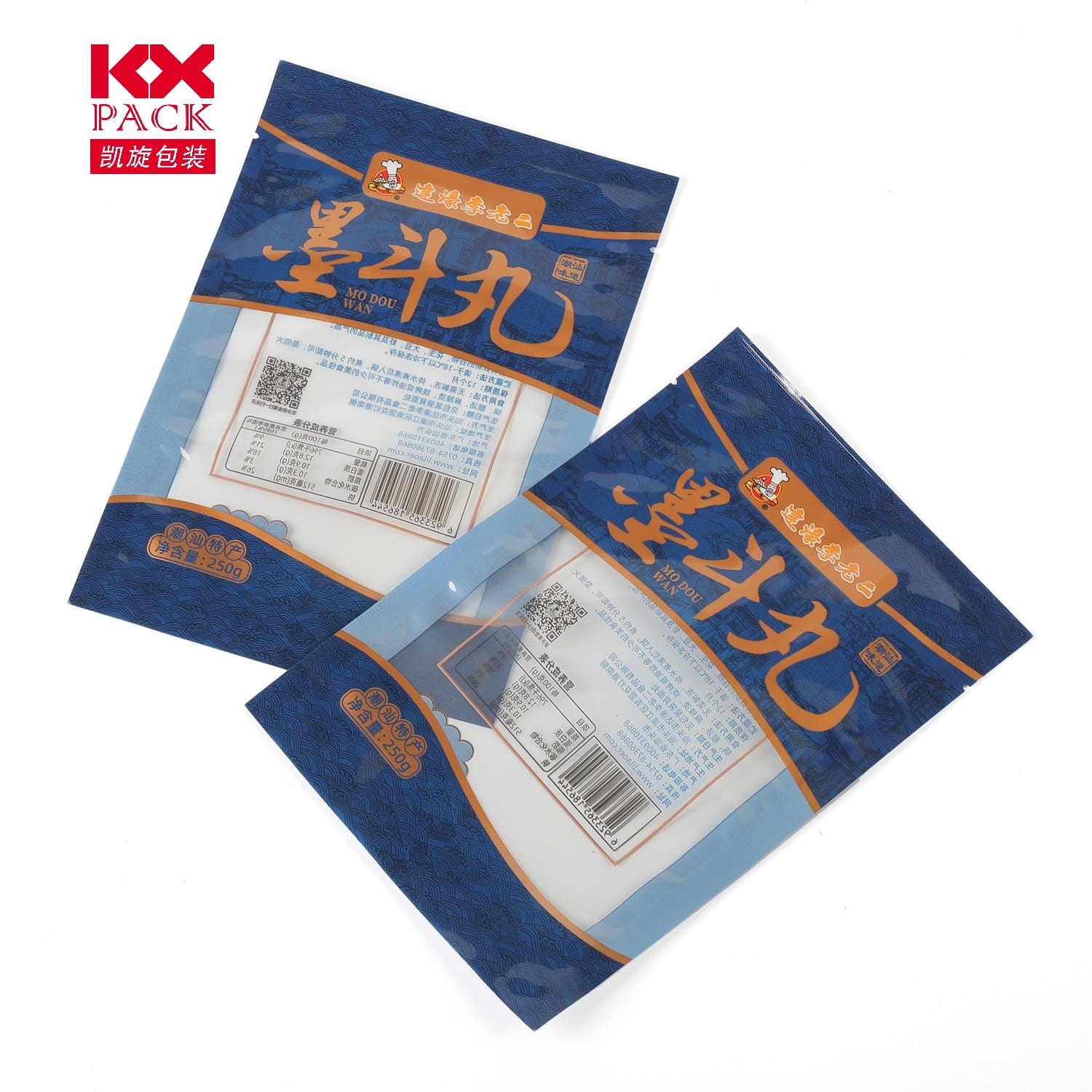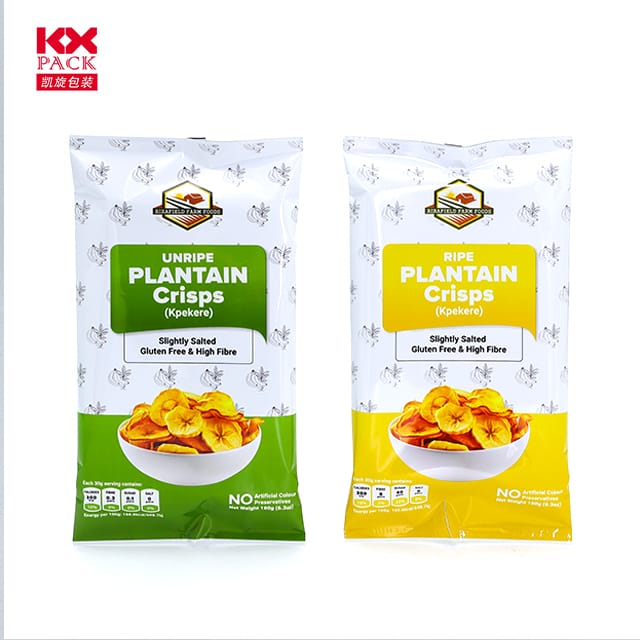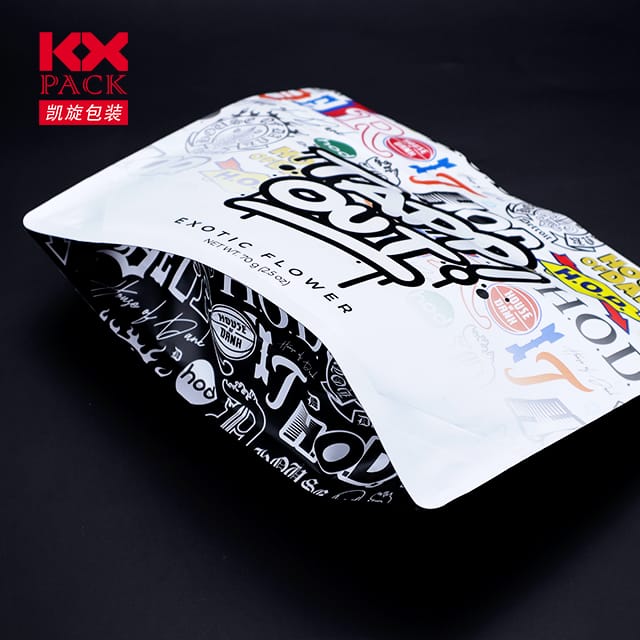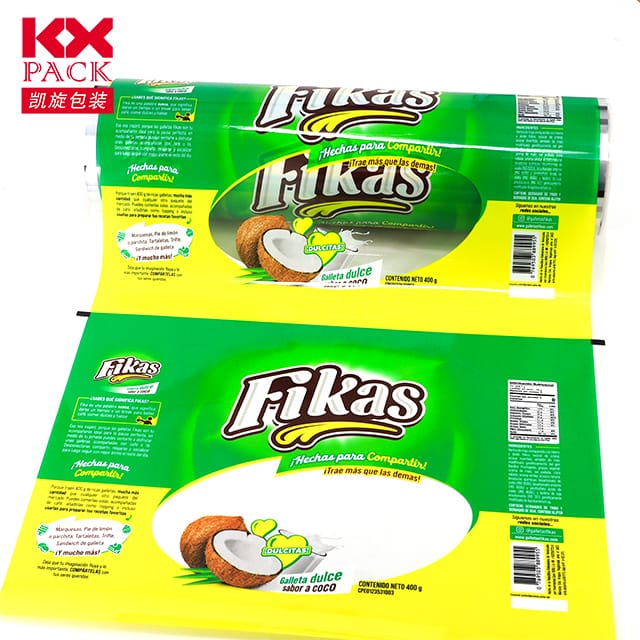食品包装用プラスチックフィルム: 便利さと. サステナビリティー知っておくべきこと(7)
Wrapping Plastic Film
From wrapping leftovers to preserving freshness, food wrapping plastic film (commonly known as cling film, プラスチックラップ, またはサランラップ) is a kitchen staple worldwide. Its stretchy, 透明, and airtight properties make it a go-to solution for reducing food waste and keeping meals fresh. しかし、環境への懸念が高まるにつれて, many are questioning: Is this convenience worth the cost to the planet? Let’s explore the pros, cons, and eco-friendly alternatives.
The Benefits of Plastic Food Wrap
- 食品の保存
Wrapping Plastic Film creates a barrier against oxygen, 水分, および汚染物質, extending the shelf life of perishables like fruits, 野菜, and meats. This helps households cut down on food waste—a critical issue given that roughly one-third of all food produced globally is lost or wasted. - 汎用性
It molds to any shape, whether you’re covering a bowl, wrapping a sandwich, or storing half an avocado. Its transparency also lets you see what’s inside without unwrapping. - 衛生と安全
When used correctly, Wrapping Plastic Film prevents cross-contamination between foods and keeps surfaces clean. - 手頃な価格
Compared to reusable alternatives, single-use plastic wrap is often cheaper upfront, making it accessible for budget-conscious households.
The Environmental Downside
Despite its perks, traditional plastic food wrap poses significant challenges:
- Non-Biodegradable: Most Wrapping Plastic Film are made from polyethylene (PE), a material that takes hundreds of years to decompose.
- マイクロプラスチック汚染: When broken down, tiny plastic particles enter soil, waterways, and even our food chain.(Wrapping Plastic Film)
- リサイクルの課題: Many curbside recycling programs don’t accept plastic wrap due to contamination risks. Even “recyclable” films often end up in landfills.
- Resource Intensive: Producing plastic film relies on fossil fuels, contributing to carbon emissions.(Wrapping Plastic Film)
Eco-Friendly Alternatives to Plastic Food Wrap
良い知らせ? Sustainable options are growing in popularity and effectiveness:
- 蜜蝋ラップ
蜜蝋でコーティングされた綿で作られています, ホホバオイル, and tree resin, these reusable wraps are pliable, breathable, and compostable after months of use. - シリコンフードカバー
Durable and airtight, silicone lids stretch over bowls or containers and can withstand high temperatures (great for reheating!). - 再利用可能な布製カバー
Cotton or linen wraps with waterproof linings offer a washable, plastic-free solution for covering dishes.(Wrapping Plastic Film) - ガラスまたはステンレス鋼の容器
Investing in airtight containers eliminates the need for wrap altogether and keeps food fresher longer. - 食用映画
Innovations like seaweed-based wraps or starch-based coatings are biodegradable and even edible (though still niche).
How to Make Smarter Choices
- Reduce Usage: Only use plastic wrap when absolutely necessary (例えば。, for raw meat). Opt for reusable options first.
- Check Labels: Look for “biodegradable” or “compostable” films made from plant-based materials like PLA (ポリラトン酸).
- Recycle Properly: If using plastic wrap, clean it thoroughly and check local guidelines for drop-off locations (some grocery stores accept it).
- 変化を提唱する: Support brands prioritizing sustainable packaging and policies that reduce single-use plastics.
結論
While plastic food wrap offers undeniable convenience, its environmental impact is hard to ignore. By embracing reusable alternatives and reducing reliance on single-use plastics, we can protect our planet without sacrificing freshness. Small swaps in the kitchen add up to big changes for the Earth.
What’s your go-to method for keeping food fresh? Share your tips or favorite eco-friendly hacks in the comments below!
キーワード: food wrapping plastic film, sustainable food storage, plastic wrap alternatives, 環境に優しいキッチン, reducing food waste.







